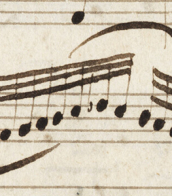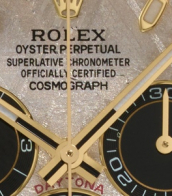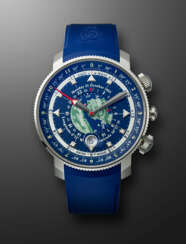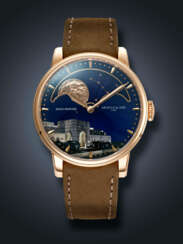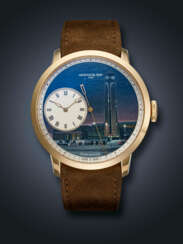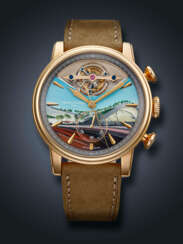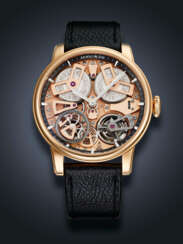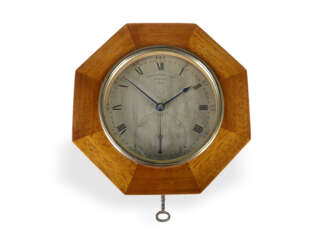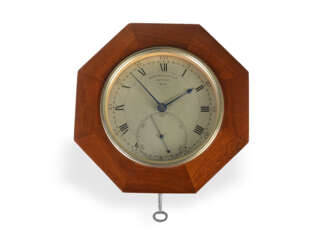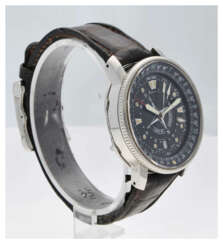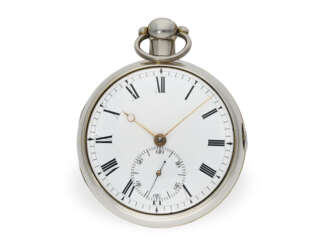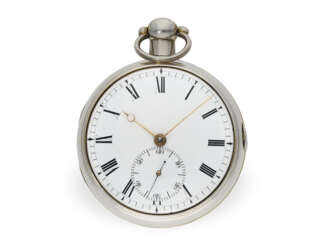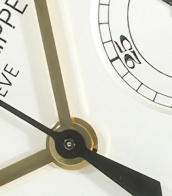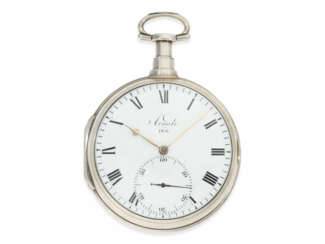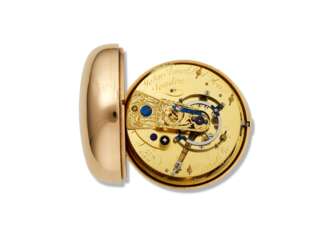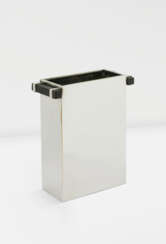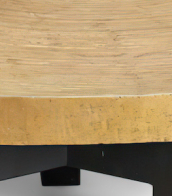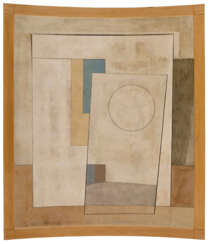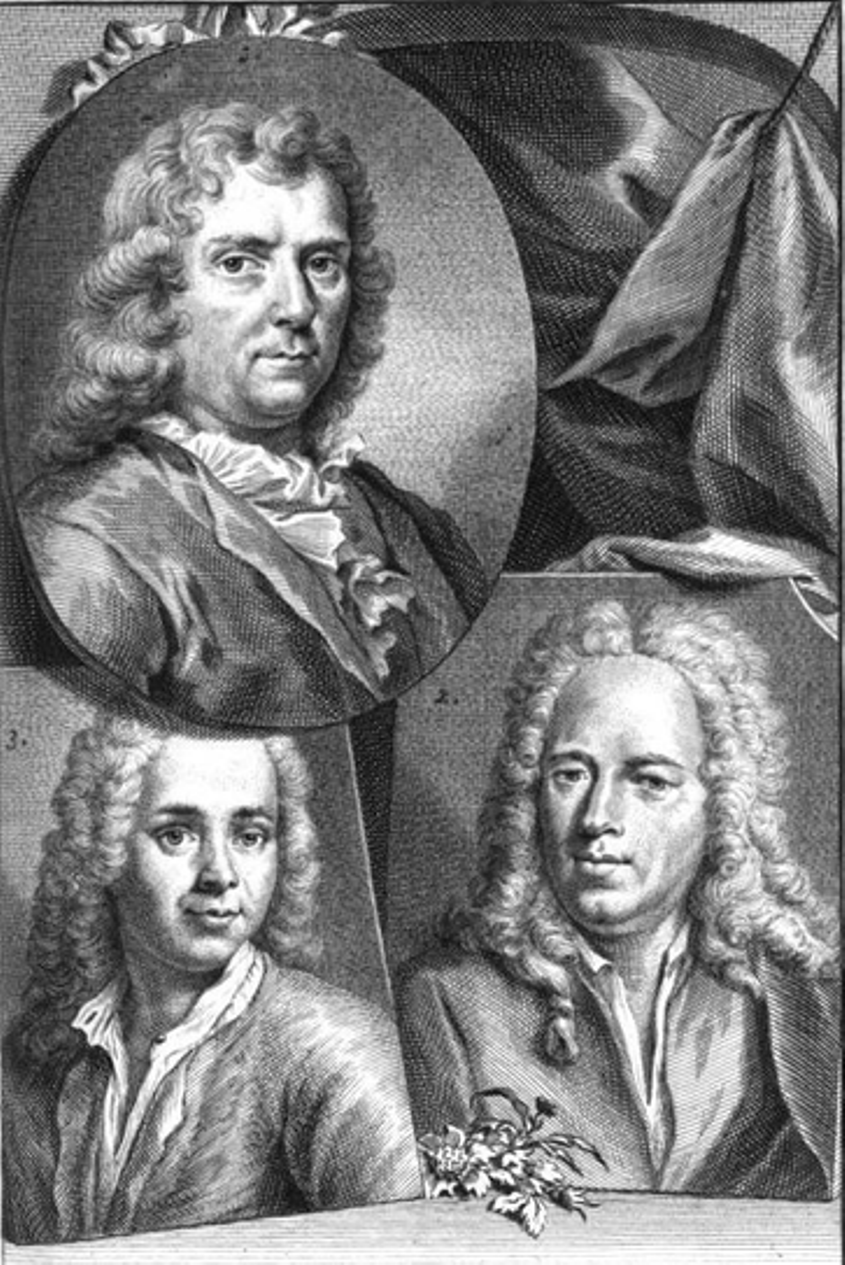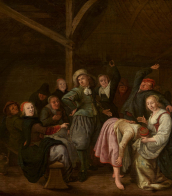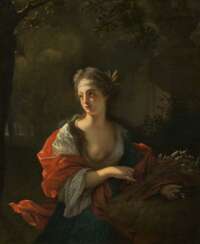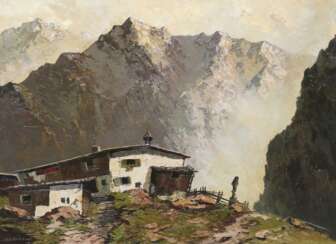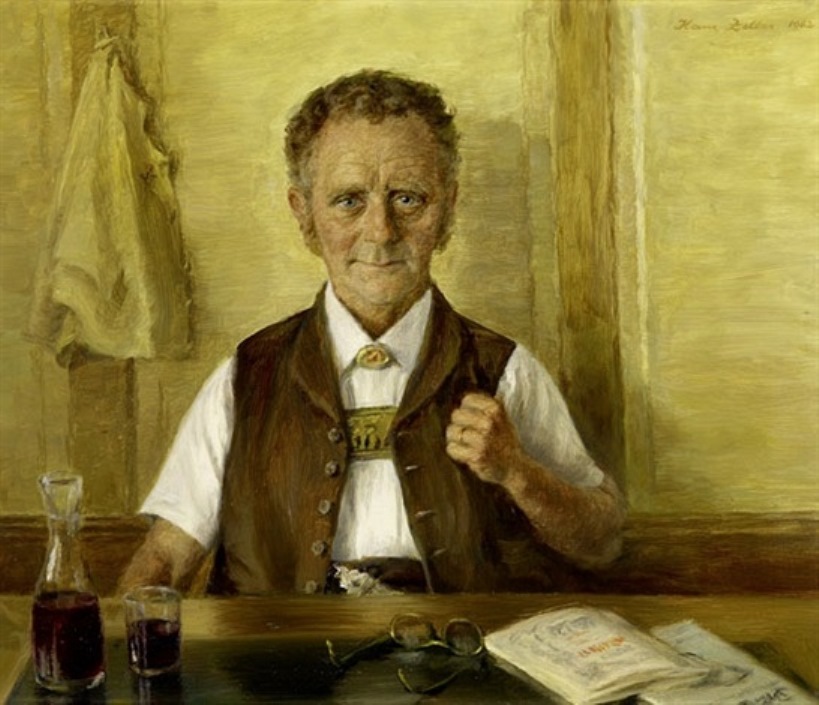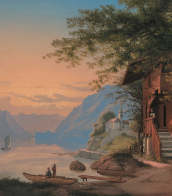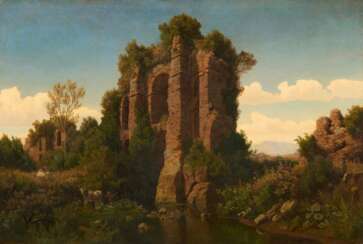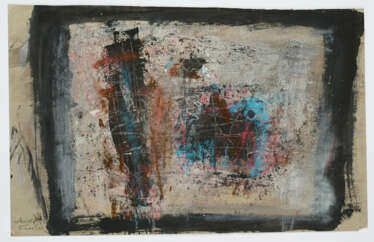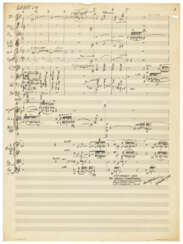arnold & son
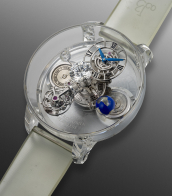
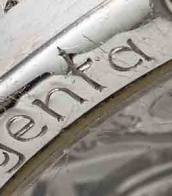




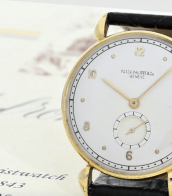



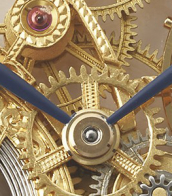
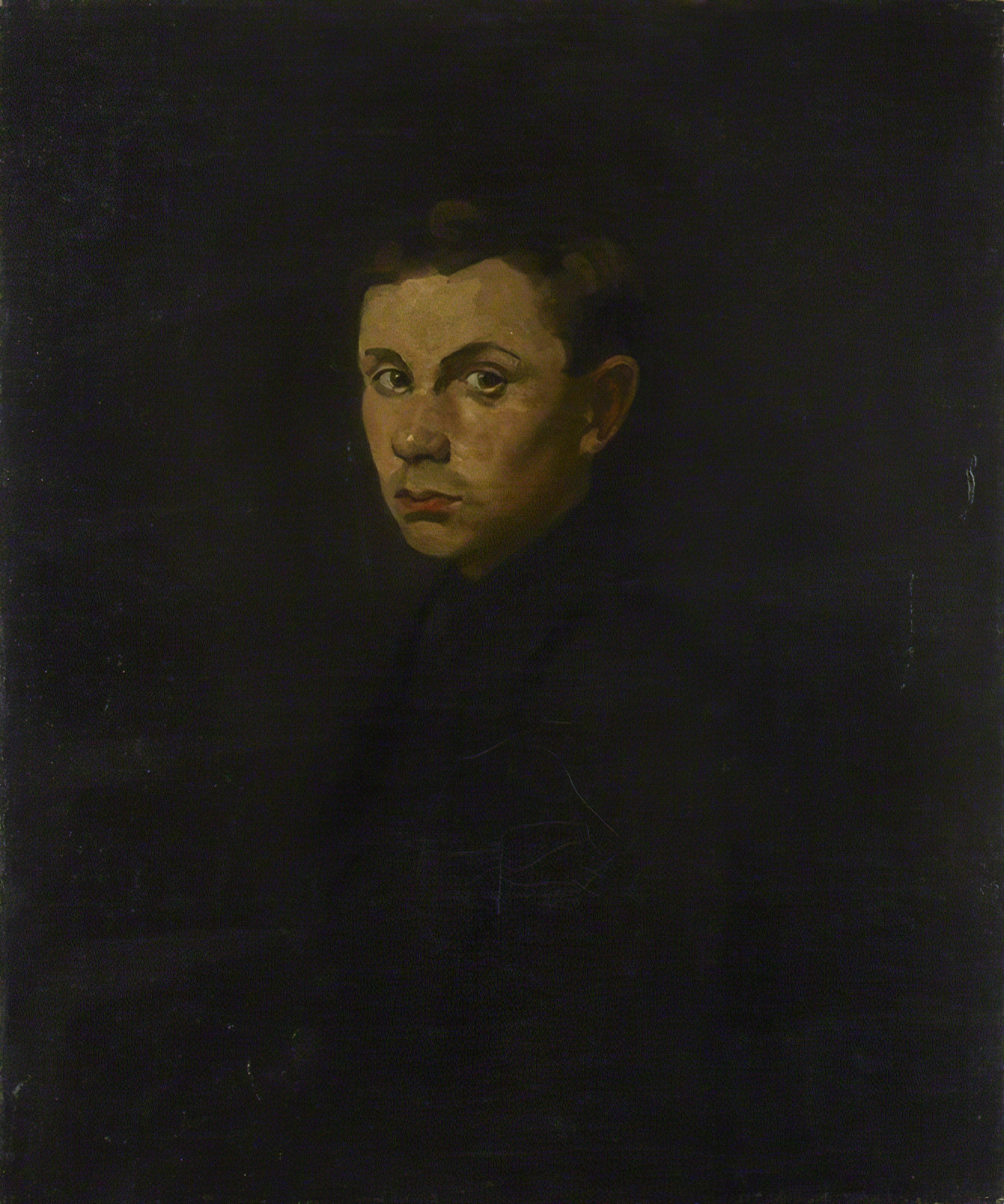
Ben Nicholson, an English artist, is celebrated for his significant contributions to abstract art. Born into an artistic family, Nicholson's work evolved from figurative art to embrace and lead in the development of abstract art in Britain. His early career was marked by experimentation with Cubism and interaction with influential artists like Barbara Hepworth, Henry Moore, Piet Mondrian, and Pablo Picasso, which profoundly shaped his artistic direction.
Nicholson's art is notable for its sensitive balance of tone and texture, employing dynamic and rhythmic lines that abstractly reference architectural forms and societal structures. His technique involved meticulous carving, painting, and the innovative use of color, especially in his later works where he explored the interplay of light and form to create poetic, abstract landscapes. His contributions were not just confined to his own practice; through collaborative projects and influential writings, he played a pivotal role in the discourse of modernist art, advocating for abstract art's broader appreciation.
Noteworthy pieces of Nicholson's work, including "March 1963 (Archimedes)" and "June 1961 (green goblet and blue square)," among others, are housed in prestigious collections like the Tate Gallery, Tate St Ives, Kettle's Yard Art Gallery in Cambridge, The Hepworth Wakefield, Pallant House Gallery in Chichester, and the Pier Arts Centre in Stromness, Orkney.
Nicholson's legacy as a pioneer of abstract art in the UK is secured through his innovative approaches and influential partnerships, which have left an indelible mark on the landscape of 20th-century art. His work continues to inspire and resonate, reflecting a deep understanding of the abstract's power to express the complexities of human experience and the natural world.
For collectors and experts in art and antiques interested in the pivotal movements of 20th-century art, Ben Nicholson's oeuvre offers a rich field of study and appreciation. To stay updated on new product sales and auction events related to Ben Nicholson's work, signing up for updates is a step towards deepening your understanding and appreciation of this key figure in modernist art.
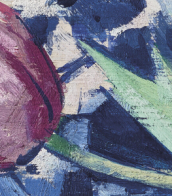
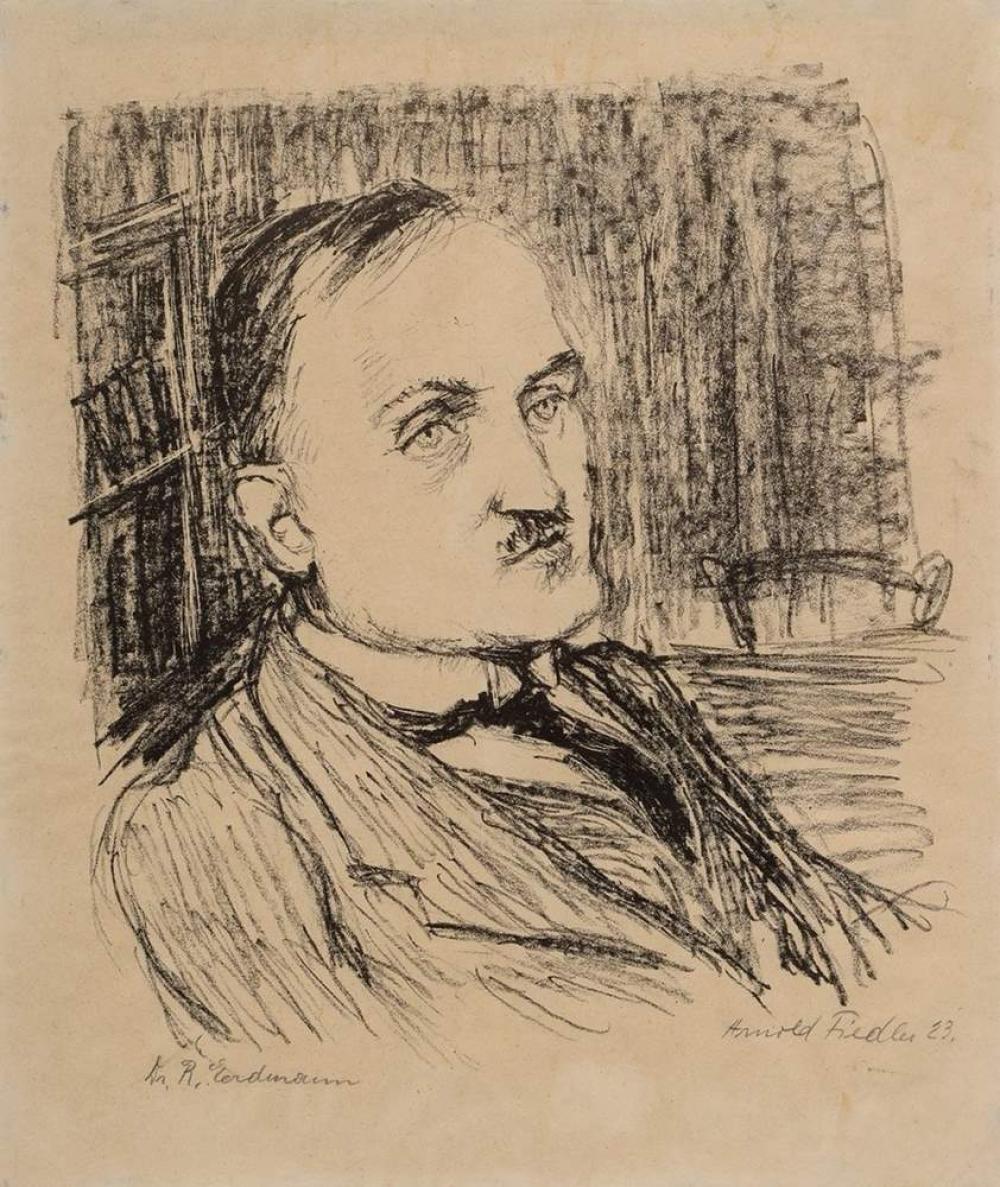
Arnold Fiedler was German painter and graphic artist.
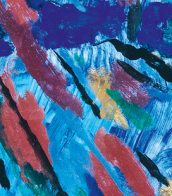
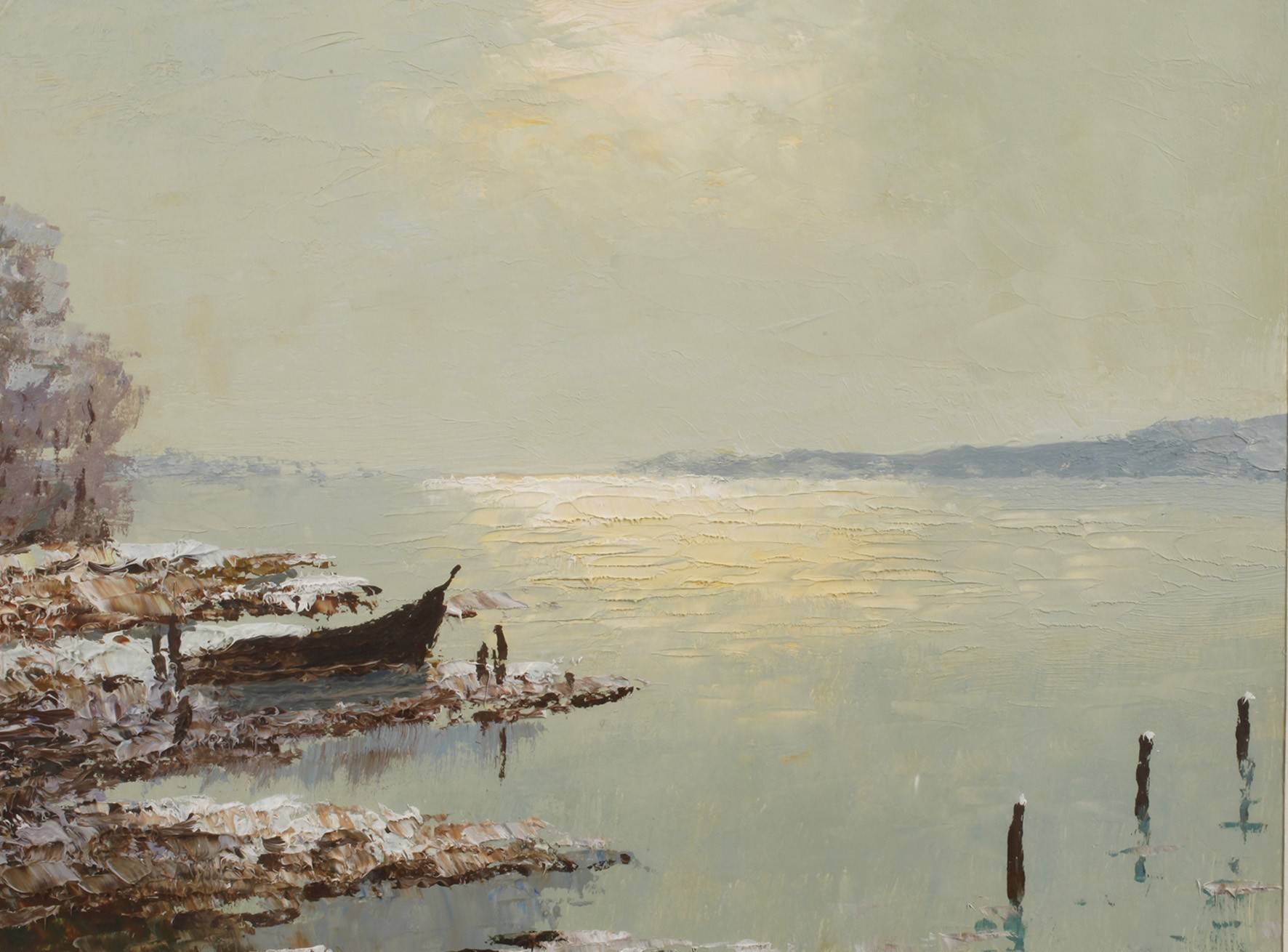
Georg Arnold-Graboné was a painter of German impressionism and an art teacher.
Arnold-Graboné became well known for his unique style of Palette knife painting. His technique used the texture of thickly applied paint to create an actual three-dimensional representation of a landscape. In Graboné's works, the colors are remarkable for their brilliance, distinguishing his landscapes from those of other pallet-knife painters. The brilliance is a result of Graboné's color-separation technique in knife-painting. His favorite subjects were of the Alps of Bavaria and South Tirole, the Isle of Capri, the English Garden in Munich, the lake region surrounding Starnberg, and fishing boats on the North Sea. His unusual signature is incised into the wet paint with the opposite end of the brush, almost invariably on the bottom left hand of his oil paintings (and on the bottom right for watercolors).
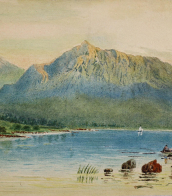
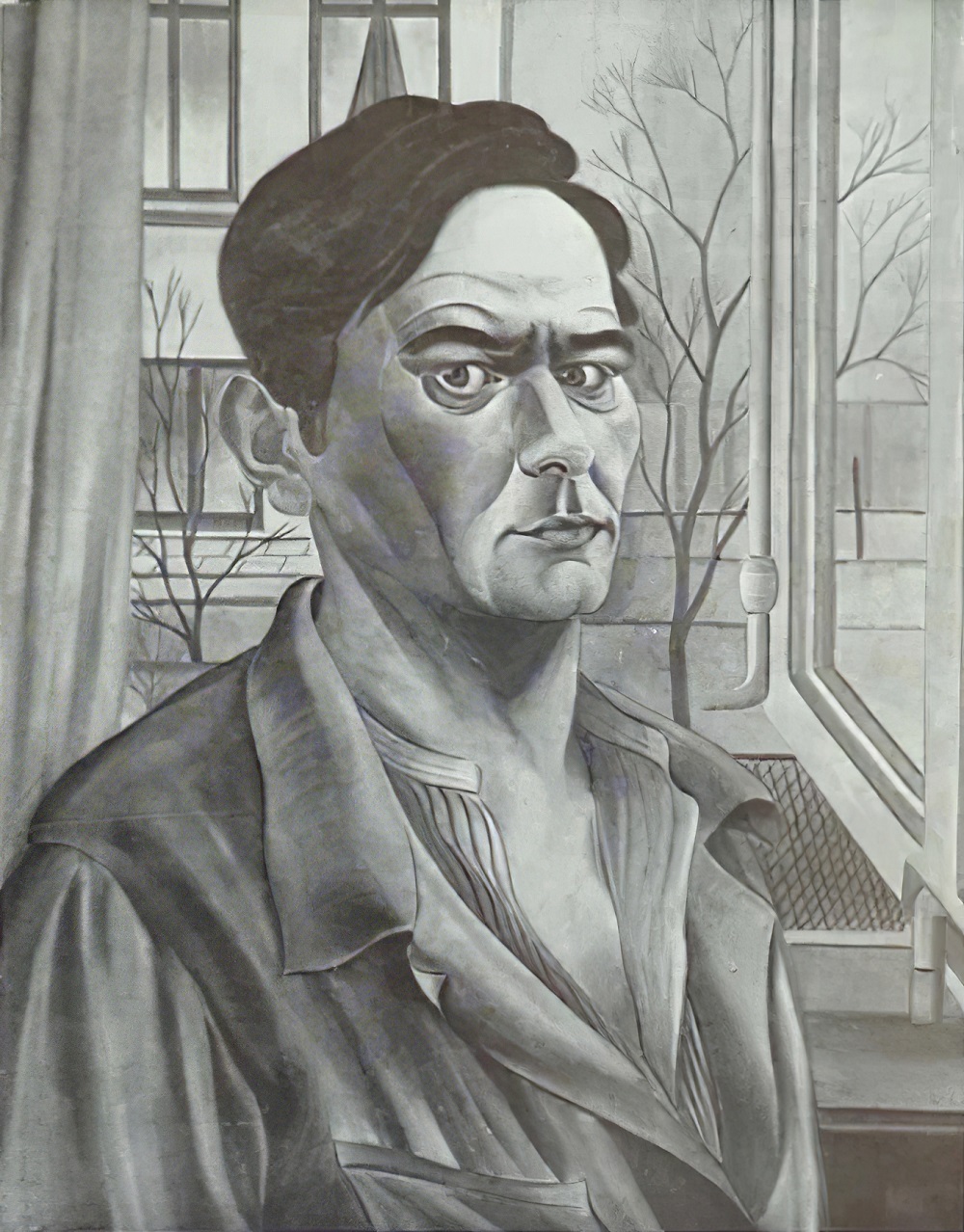
Christian Arnold was a German painter and graphic artist. He is best known for his landscape paintings that often depicted the rural and coastal regions of northern Germany.
Arnold studied at the Academy of Fine Arts in Munich and later taught at the School of Arts and Crafts in Bremen. His work was heavily influenced by the German Expressionist movement, and he often used bold colors and thick brushstrokes to create a sense of emotional intensity in his paintings.
In addition to his landscapes, Arnold also produced numerous portraits, still lifes, and religious works. He worked in a variety of mediums, including oil paints, watercolors, and printmaking.
Arnold's work was exhibited widely during his lifetime, and he received numerous awards and honors for his contributions to the arts. Today, his paintings are held in collections around the world, including the National Gallery in Berlin and the Kunsthalle Bremen.
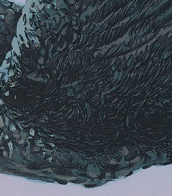
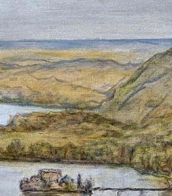

Arnold Fiedler was German painter and graphic artist.
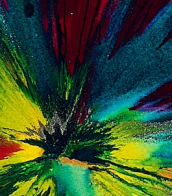
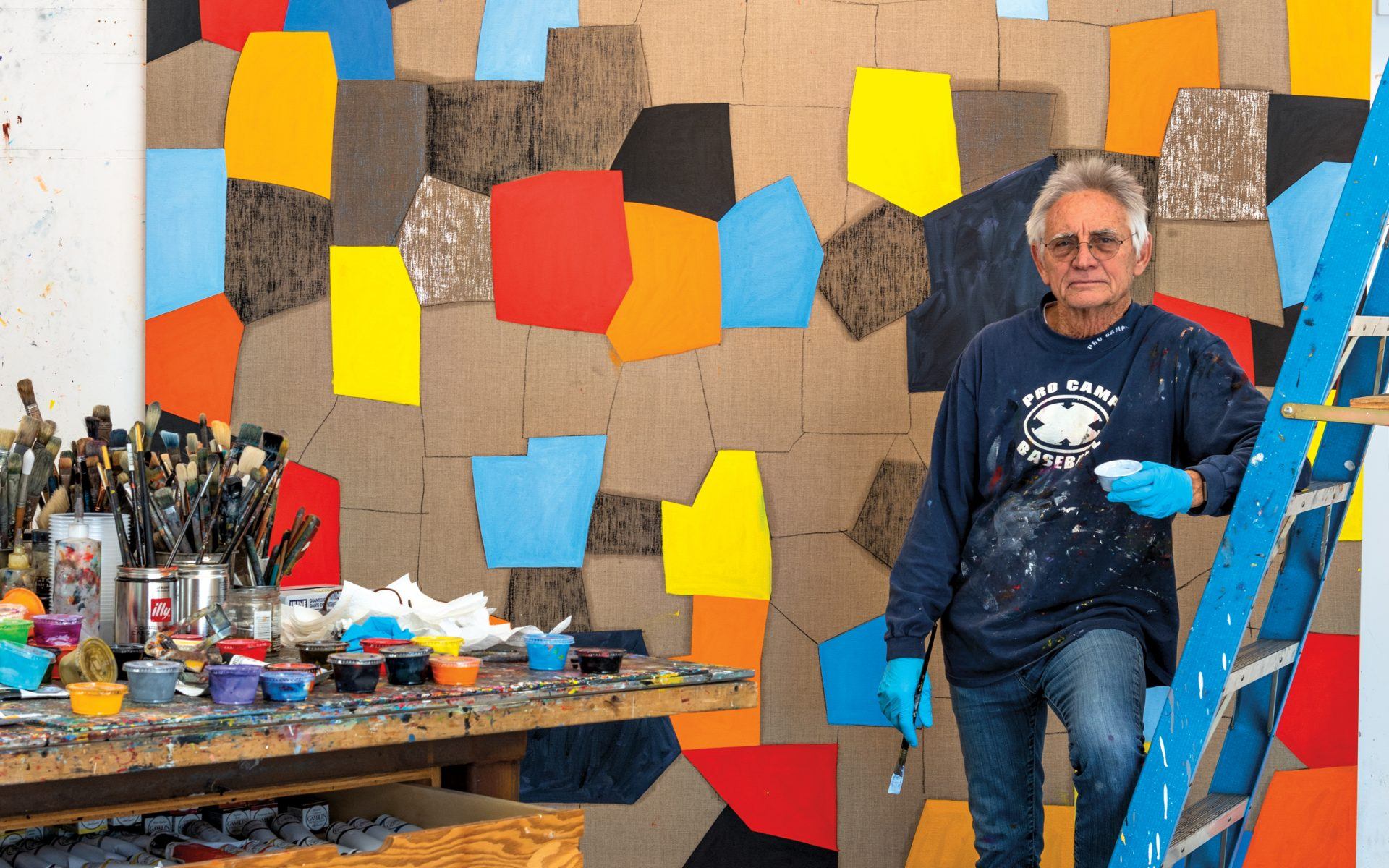
Charles Arnoldi is an American painter, sculptor and printmaker.
In the early 1970s, the artist attracted attention for his wall-relief wood sculptures, such as Honeymoons in the collection of the Honolulu Museum of Art.
The use of wood remained a feature of Arnoldi's oeuvre, although, since the 1980s, he has often employed it in combination with other media. In the 1990s, Arnoldi's output changed radically. He began producing abstract paintings on canvas, first black and white, and later brightly colored.
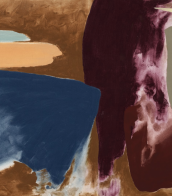

Christian Arnold was a German painter and graphic artist. He is best known for his landscape paintings that often depicted the rural and coastal regions of northern Germany.
Arnold studied at the Academy of Fine Arts in Munich and later taught at the School of Arts and Crafts in Bremen. His work was heavily influenced by the German Expressionist movement, and he often used bold colors and thick brushstrokes to create a sense of emotional intensity in his paintings.
In addition to his landscapes, Arnold also produced numerous portraits, still lifes, and religious works. He worked in a variety of mediums, including oil paints, watercolors, and printmaking.
Arnold's work was exhibited widely during his lifetime, and he received numerous awards and honors for his contributions to the arts. Today, his paintings are held in collections around the world, including the National Gallery in Berlin and the Kunsthalle Bremen.
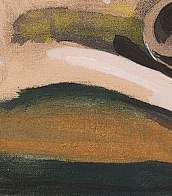
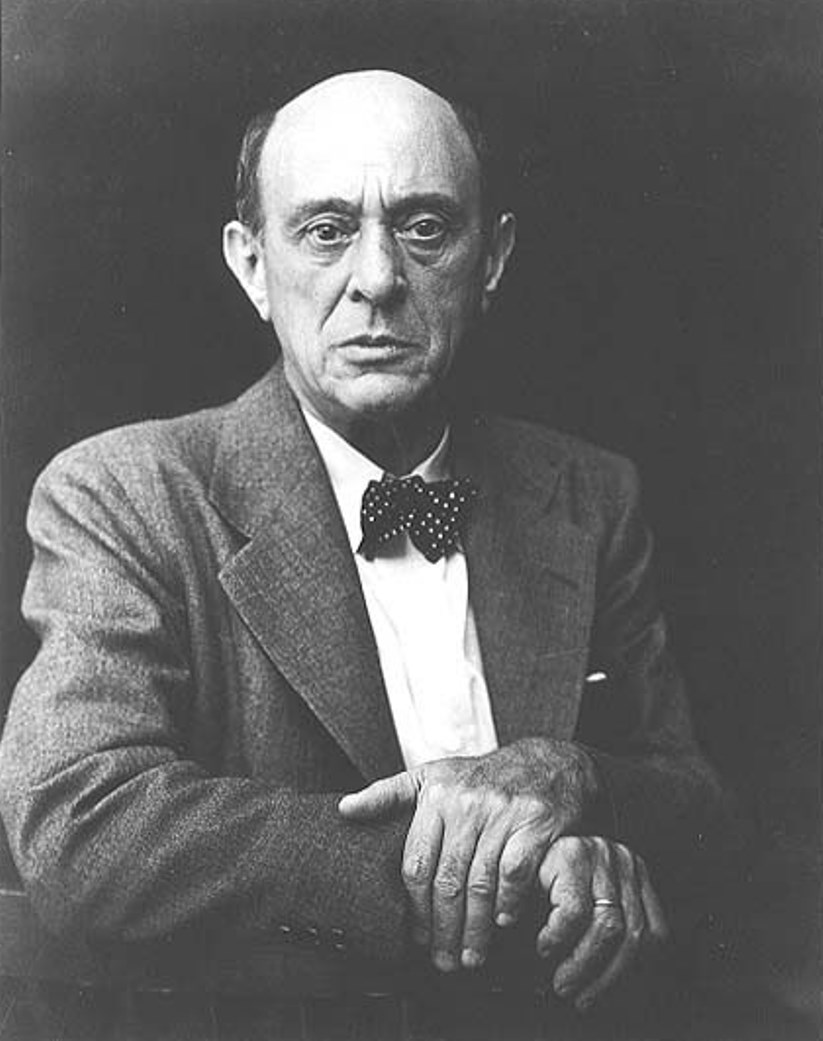
Arnold Schoenberg, real name Arnold Franz Walter Schönberg, was an Austrian and American composer, representative of musical expressionism, teacher, musicologist and conductor.
Schoenberg came from a Jewish family and began studying the violin at the age of eight and later the cello. While working as a bank clerk, he simultaneously studied composition with Alexander Zemlyansky (1871-1942) and soon wrote his first string quartet (1897) to acclaim. With the help of Richard Strauss, he obtained a teaching position in Berlin, and lived for a time in two cities. In 1904, Alban Berg and Anton Webern began studying with Schoenberg, and this largely determined their future artistic careers.
Around 1906, through much experimentation, Schoenberg came to the conclusion that tonality should be abandoned. He created new methods of music-making and composition involving atonality. In the subsequent period of "free atonality" from 1907 to 1916, he composed the monodrama "Reason", "Five Orchestral Pieces", "Pierrot Lunaire" and other works.
In 1933, due to the rise of National Socialism in Germany, Schoenberg was expelled from the country and emigrated to the USA, in 1941 he took American citizenship and taught at the University of California at Los Angeles until 1944. The works of this period demonstrate the composer's ever-increasing skill and freedom in the use of the 12-tone method.
Although Schoenberg was never accepted by the general public, he nevertheless had a significant influence on 20th century music, being the founder of the New Viennese School of Composition.
